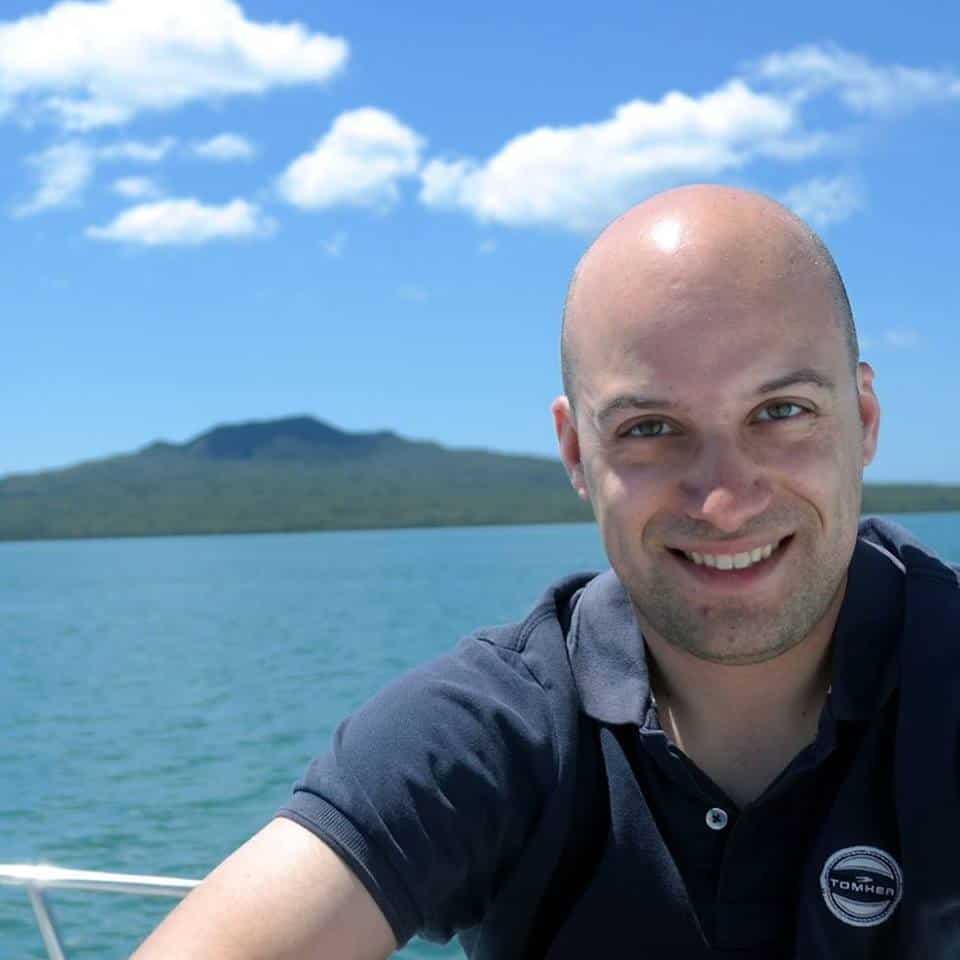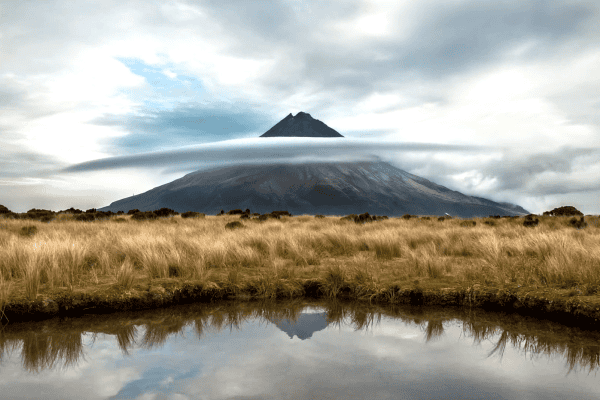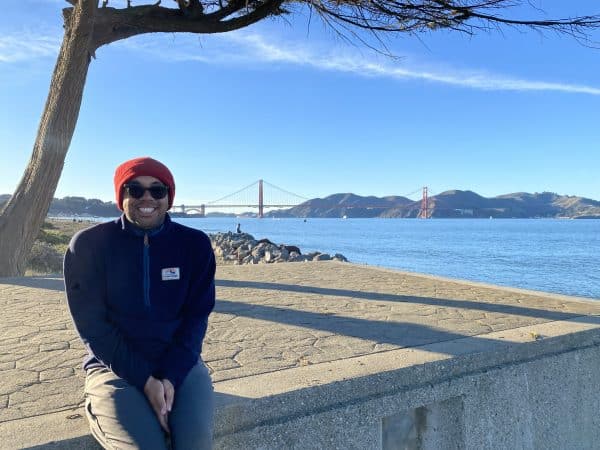Student profile: Gabriele Frigerio Porta
24/10/2018
Multi-hazard analysis across Italy and New Zealand
 A bit about me
A bit about me
I was born and raised in Italy, where after a Liceo Classico (all about literature, philosophy, art and science), I acquired an interest in numbers and in understanding phenomena through them. This led me to Milan, where I obtained a Bachelor’s degree in Statistics and Economics, and a Master’s in Actuarial Sciences.
I first learnt about natural hazards through studying risk theory and insurance regulation, but the financial aspect of those subjects was proving a limit to my growing interest. Hence, I moved to Palmerston North, to begin a PhD in Statistics at Massey University. There I am mentored by Professor Mark Bebbington, Professor Geoff Jones and Doctor Xun Xiao, who are guiding me in the process of expanding my knowledge and my skills in order to better understand natural hazards.
My project
My project focuses on the interactions between natural hazards, aiming to understand how the interaction of events occurring in the same space and within a suitable time window can affect the occurrence of secondary (triggered) events. An example of that is the chain of events I am working on, which is composed of earthquake and rainfall triggered landslides. While both seismic events and precipitation can affect the occurrence of landslides, the interaction of these two primary events is highly nonlinear, and has highly significant effects on the frequency of landslides in major events. The Kaikōura earthquake and its aftermath is a clear example of this.
Therefore, I have built a statistical model capable of embracing the characteristics of primary events to evaluate their effect on secondary ones. Large, multiyear landslide data is scarce, but I was able to obtain perhaps the most complete data set, from the Italian region of Emilia Romagna (Italy and New Zealand are quite similar!). I have developed and validated the model on this data set, but it can be applied in New Zealand, and anywhere else in the World.
Next steps
In this moment, I am working on extending the model to include landslide dams. These are a not unusual phenomenon which occurs when a landslide falls on a river, blocking it and forming a dam. The dams often fail catastrophically, releasing a flash flood with great destructive potential. A quantitative estimation of the survival time of the dam is crucial in order to give authorities as much information as possible so that they can make informed decisions and take prompt actions.




